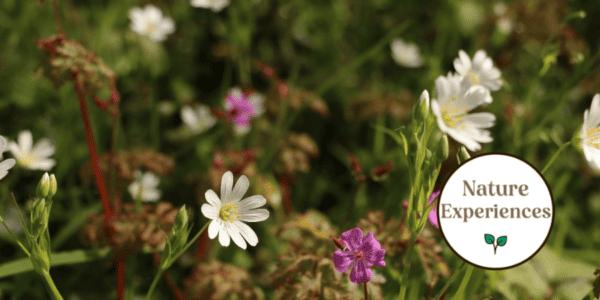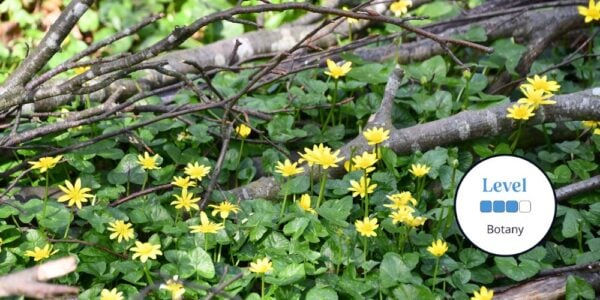Coastal Habitats can be utterly bleak at any time of year but when the sun shines over the Suffolk coast in high summer the atmosphere and extensive horizons can be stunning.
The ‘soft’ geology along the east coast here supports a range of low, flat, coastal habitats – mudflats, sand and shingle spits, salt marshes, reedbeds, soft low cliffs and coastal grazing marshes . . . and very little urbanisation. Numerous muddy estuaries cut deep into the heart of the adjacent hinterland, bringing the tidal colours, smells and sounds into close proximity with contrasting inland habitats. The lonely cry of seabirds is an essential ingredient to the sense of wildness of these distinctive habitats.
Tutor: Ros Bennett
Ros Bennett is a botanist and ecologist. She was formerly a full time tutor at Flatford Mill (another FSC Field Centre) and then organiser and leader of courses for FSC Overseas. She has written books on flowers and teaches courses on plant identification to both amateurs and professionals.In the time available we cannot do justice to the complete range of habitats. We shall focus especially on the plants that grow on the shingle beaches and in the salt marshes of the estuaries. These plants are subjected to enormously stressful conditions. Only those that are highly specialised can cope with regular submergence in saline water in the enriched mudflats, or with the drought conditions of the free-draining, infertile shingly ‘soils’. For them, exposure to the life-giving, yet unrelenting, summer sunshine simply exacerbates the problem. These severe limitations mean that most of Suffolk’s coastal plants are to be found in similar habitats all round Britain, though each region will have, in addition, its own local specialities.
The course is designed to help you identify the characteristic species. We shall spend time considering the key identification features of the major families and the species that we shall find. This will require close examination of the flowers which provide the major big clues to the identity of any plant, but other features are also very useful to determine precise identification. Beginners should acquire a basic knowledge of how to identify a good range of our native coastal plants and the confidence to pursue the subject further.
The daily excursions will involve some ‘difficult’ walking over loose shingle and glutinous (but safe) mud. We will need to negotiate pools and drainage dykes that are often concealed by the vegetation. But the pace will seldom be strenuous.
What's Included
Before You Attend
What to Bring
As the course involves field visits you will need a Thermos, lunchbox, waterproof clothing and stout shoes or boots.
Also, please bring the following with you if you can:
- A x10 magnification hand lens (available on the course, £8.75)
- Two pairs of fine pointed forceps and/or two mounted needles
- New Flora of the British Isles by Stace (CUP)
- Any picture guide such as The Wild Flower Key by Rose and O’Reilly (Warne) or Collins Wild Flower Guide by Streeter (Collins)
If you don’t have these items, they may be borrowed from the Centre.
About FSC Flatford Mill
We have four buildings that are used for visitor accommodation. Whilst most rooms are either en-suite or have a dedicated bathroom, there are some rooms in The Mill that share showers and toilets at the end of the hall. If this is unsuitable for you please make the office staff aware upon booking or as soon as possible.
Please be aware that you are visiting a Field Centre that caters in the main for school parties; the accommodation is basic and dormitory style, but warm and comfortable.
Arrival Day
Check-in is between 1400-1800, if you are arriving after 1800 please advise us, so we can ensure you are advised of access codes, room key location, and room location.
You will meet the tutor at Dinner, and you will have your first session after Dinner.
Sorry this course has ended




